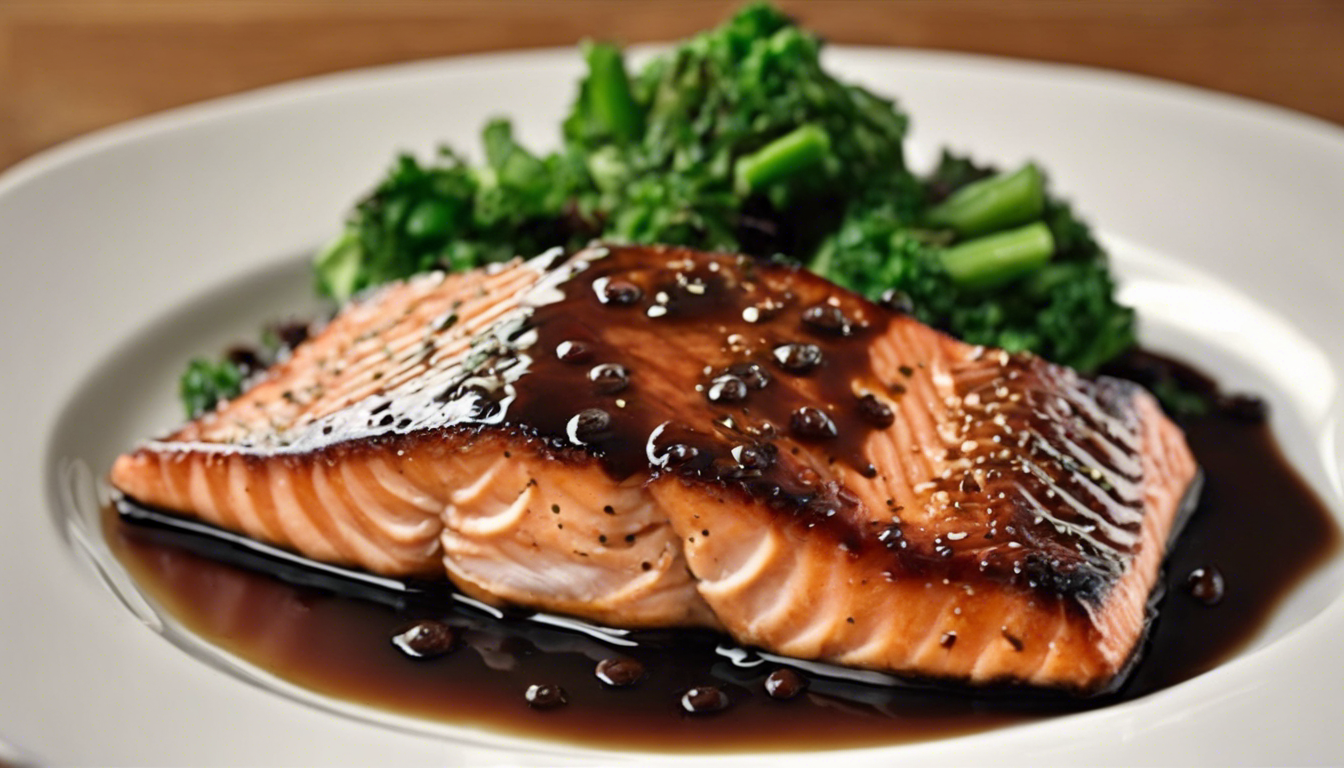
Ingredients and Preparation
Embarking on a culinary journey requires a well-prepared kitchen and the freshest ingredients. To ensure that your dish is a masterpiece, it’s essential to gather all the necessary components before you begin. Here’s what you’ll need:
Once you have all your ingredients ready, it’s time to start the preparation process. Begin by cleaning and organizing your workspace. This will help you to work efficiently and keep track of all your ingredients. Next, follow these steps to prepare your dish:
Step 1: Start by prepping your main ingredients. If you’re working with vegetables, wash, peel, and chop them according to the recipe’s requirements. For meats or fish, ensure they are properly cleaned, deboned if necessary, and cut to the desired size.
Step 2: Measure out your spices, herbs, and any liquids you’ll be using. It’s important to have these ready so you can season your dish accurately and create a harmonious blend of flavors.
Step 3: If your recipe calls for marination, combine the specified ingredients in a bowl and add your main ingredient. Make sure it’s well-coated, then cover and set aside for the time recommended in the recipe.
Step 4: Prepare any sauces or dressings that will accompany your dish. This often involves mixing ingredients until smooth or cooking them down to the right consistency.
Step 5: Preheat your oven, grill, or stovetop elements as required. Having everything at the right temperature when you start cooking is crucial for achieving the best results.
With all your ingredients prepped and ready to go, you’re now set to move on to the cooking phase where you’ll bring all these elements together into a delicious creation.
Glazing and Cooking Techniques
Glazing and cooking techniques are pivotal in enhancing the flavor and appearance of your dish. A well-applied glaze not only adds a layer of taste but also gives your creation an appealing sheen that is sure to impress. Here are some tips to master the art of glazing and cooking:
Glazing:
- Begin by preparing your glaze according to the recipe. This could involve reducing a mixture of liquids and seasonings over heat until it thickens slightly.
- Brush the glaze onto your main ingredient, ensuring an even coating. For meats, you might want to apply the glaze during the last few minutes of cooking to prevent it from burning.
- If you’re working with baked goods, apply the glaze after baking for a shiny finish. For a more pronounced flavor, consider applying the glaze in layers, allowing each to set before adding another.
Cooking Techniques:
- When roasting or baking, use a preheated oven and follow the temperature guidelines closely. The right temperature ensures even cooking and helps the glaze caramelize properly without burning.
- If you’re grilling, keep a close eye on your dish as the high heat can cause sugars in the glaze to burn quickly. Use indirect heat when possible to allow the glaze to set without charring.
- For stovetop cooking, use a heavy-bottomed pan or skillet to provide even heat distribution. Control the heat to prevent the glaze from becoming too thick or sticky before the main ingredient is properly cooked.
- Incorporate basting into your cooking process. Spooning or brushing the glaze over your dish periodically can intensify flavors and encourage an even, glossy coating.
Remember, the key to a successful glaze is balance. It should complement, not overpower, the main ingredients. With these techniques, you’ll be able to achieve a beautifully glazed and expertly cooked dish that’s sure to delight any palate.
Serving Suggestions and Pairings
When it comes to serving your culinary creation, presentation and pairing are just as important as the cooking process itself. The right accompaniments can elevate your dish to new heights, creating a harmonious dining experience. Here are some suggestions to consider when serving your dish:
- Choose the right plateware: Select dishes that will showcase your creation beautifully. The color and shape of your plateware should complement the food, making it look as good as it tastes.
- Consider texture: Pair your main dish with sides that offer contrasting textures. If your main dish is soft or creamy, consider adding something with a bit of crunch or chewiness to balance the mouthfeel.
- Balance flavors: If your dish is rich and savory, you might want to introduce a side that adds a fresh or acidic note to cleanse the palate. A simple salad or a lightly dressed vegetable can provide the perfect counterpoint.
- Think about color: A visually appealing plate is more appetizing. Include colorful sides or garnishes that make the plate pop and entice the senses even before the first bite is taken.
- Pair with the right beverage: Whether it’s a glass of wine, a craft beer, or a non-alcoholic option, choose a drink that complements the flavors of your dish. The right pairing can enhance both the meal and the drink itself.
- Garnish wisely: A well-chosen garnish not only adds visual appeal but can also provide a hint of flavor or texture. Use herbs, spices, citrus zest, or edible flowers to add a final touch to your presentation.
Remember, the goal is to create a complete dining experience that delights all the senses. By thoughtfully selecting your serving suggestions and pairings, you’ll ensure that your dish is not only delicious but also memorable. Keep these tips in mind, and don’t be afraid to get creative and let your culinary instincts guide you.
